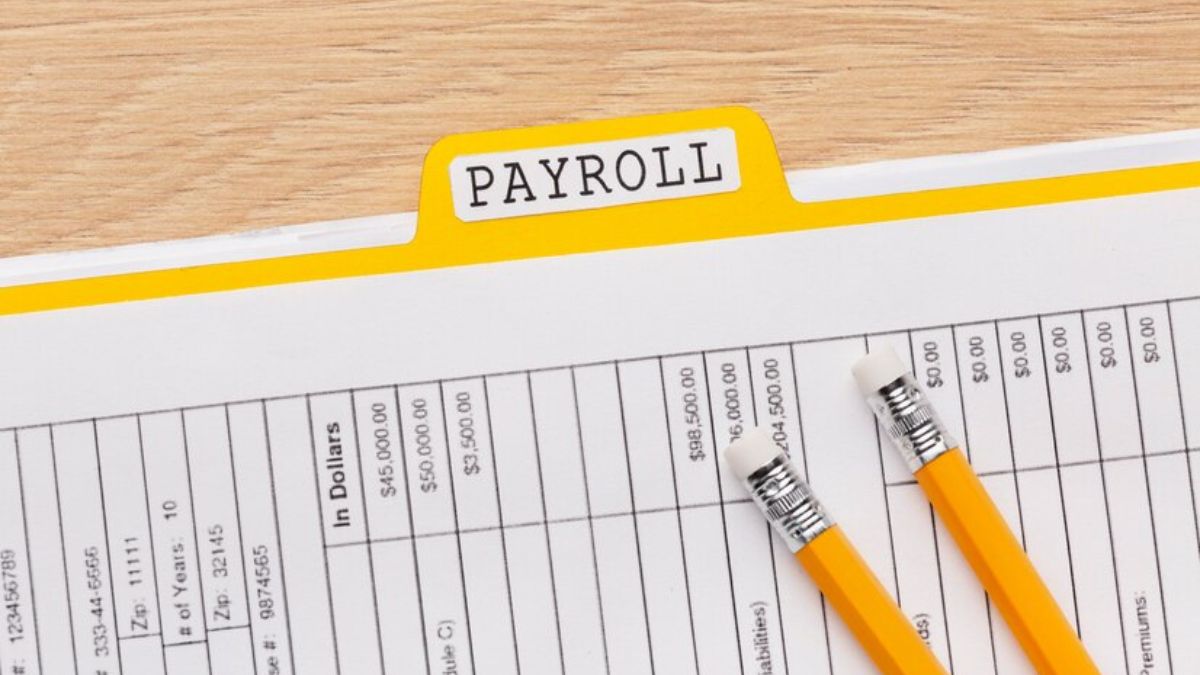While employers may have some leeway with their workers, strict laws regulate how employees receive their paychecks. These laws give clearly defined rights to almost every employee in the United States.
If employees are notified that their wages will be garnished, they have options. They can work with creditors and debt collection agencies to find an alternative arrangement that suits their finances.
Educating Your Employees
For a long time, employees were at the mercy of their employers when it came to pay requirements, benefits, and even firing them. But a push for employee rights in the 20th century led to important labor laws that protect workers from exploitation.
Federal law and CCPA provisions require employers to inform employees of their wage garnishment rights. For example, an employer cannot discipline or terminate an employee for being subject to a garnishment due to back taxes, child support, or student loans.
A creditor must have a court order to garnish an employee’s wages. The amount a creditor can garnish is limited. Still, there are exceptions based on state law (for instance, some states allow up to 50% of an employee’s disposable earnings for family and household debt) and industry-specific regulations.
Employers should have a person in their payroll department who can handle questions and guide those unfamiliar with wage garnishment regulations. The person can also ensure the company has all the appropriate posters to help educate employees on their workplace rights. A well-informed management team can help bolster the morale of an entire workforce, especially those who may feel anxious about their paychecks and financial stability due to wage garnishment.
Communicating With Your Creditor
The good news is that federal law protects employees by restricting wage garnishments. The Consumer Credit Protection Act, also known as Title III, restricts the amount of an employee’s earnings that can be garnished to pay debt. It also prohibits an employer from firing an employee if their wages are garnished to pay for more than one debt. In addition, it excludes voluntary wage assignments, such as health and life insurance contributions or pre-tax retirement plan contributions, from being considered garnishments. Finally, tip income is not subject to garnishment.
If you are navigating wage garnishment for your employees, it’s important to communicate with the creditors or agencies requesting the deductions. This is a requirement under both state and federal laws. It’s also a best practice to keep all documentation of the garnishment process organized to quickly and easily reference it when needed.
Depending on the type of debt, the maximum amount that can be garnished from an employee’s paycheck varies from 15 percent of disposable earnings for student loans to up to 65% of disposable income for a child or spousal support. You should also be aware that the court or government agency that issued the writ of garnishment can halt the garnishment for up to 15 days if you file a motion and declaration of exemptions with the court.
Filing a Claim of Exemption
Upon receiving a garnishment order, an employee must immediately contact the agency garnishing their wages to see if they can work out any arrangements to remove or reduce the amount being withheld. The employee will typically have a specific number of days to do so and will receive official documentation to prove that their request was made and approved.
Wage garnishment laws vary widely from state to state, so employers must review those rules and ensure their payroll processes comply. Often, this requires working with HR professionals or legal counsel familiar with wage garnishment state laws.
The federal Consumer Credit Protection Act limits the amount that can be garnished from an individual’s pay for debts, including spousal or child support. Some states also restrict the amount of an employee’s disposable income that can be garnished.
Employees can choose to contest a garnishment in some situations. Employees can challenge a garnishment order if they believe that the order is inaccurate, made in mistake or will cause financial hardship. The process for doing so varies from state to state. Still, in most instances, the employer must provide a statutory response form to the employee and explain why they are disputing the garnishment order.
Negotiating With Your Creditor
As a business owner, you are responsible for ensuring all your employees can earn the wages they deserve. Wage garnishment is a serious issue that may impact the lives of your employees and their families. However, there are ways to help them.
The first step to avoiding wage garnishment is working with your creditor to find a mutually beneficial solution. Most creditors want to recoup their debt as quickly as possible, so they are often willing to work out a repayment plan that is more affordable or to stop the garnishment altogether.
If a creditor’s wage garnishment order is too high, a lawyer can file a claim of exemption in court that will lower the amount withheld from each paycheck. Generally, income from Social Security, disability, retirement, child support, and alimony are exempt from wage garnishment, so a good attorney can help you prove that you qualify for this.
In addition to federal laws, state-specific employee rights and protections can be used to protect workers from unfair treatment in the workplace. These laws can include anti-retaliation, whistleblower, and public policy protections.
Employers can’t discriminate based on race, religion, sex (including pregnancy, gender identity and sexual orientation), national origin, age (age 40 or older) or genetic information, among other factors. If you think your employer has violated these laws, an experienced New York employment rights attorney can help you file a lawsuit.











